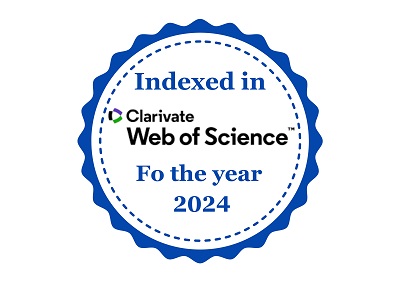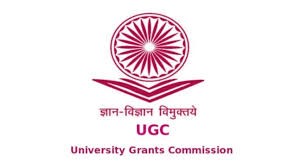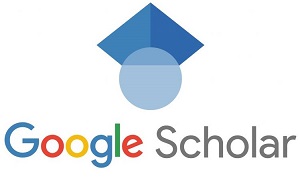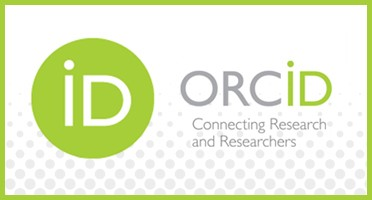Opencv-Based License Plate: Algorithms And Implementations
DOI:
https://doi.org/10.61808/jsrt210Keywords:
OCR, Tessearact, Number plate, Vehicle, ALPRAbstract
Fast growth in vehicle populations requires effective methods for automating tasks related to vehicle identification and supervision. This article presents a new approach to automatic detection of cognitive marks from live video flows using the OpenCV Computer Vision library and the Optical Character Optical Character Tesseract. The aim of the proposed system is to increase the accuracy and reliability of recognition marks and at the same time ensure real -time processing requirements. The methodology includes a multi -stage process. Initially, the frames are captured from a live input video and then preliminarily processed using OpenCV techniques, such as changing change, noise reduction and edge detection. Subsequently, extraction in the field of interest (ROI) is carried out to isolation of candidates for license plates within each framework. The extracted ROI is further refined by analysis of contour and geometric properties to improve the accuracy of the license plate detection. After the detection phase, the TESSERACT OCR engine is used to perform characters recognition in detected areas of cognitive marks. The system architecture facilitates smooth integration between OpenCV and Tesseract, allowing effective data exchange and processing. The recognized characters are then validated using techniques after processing to ensure accurate extraction of the cognitive mark numbers. Experimental results on a diverse set of live input scenarios show the effectiveness of the proposed system in accurate detection and recognition of cognitive marks in real time.











